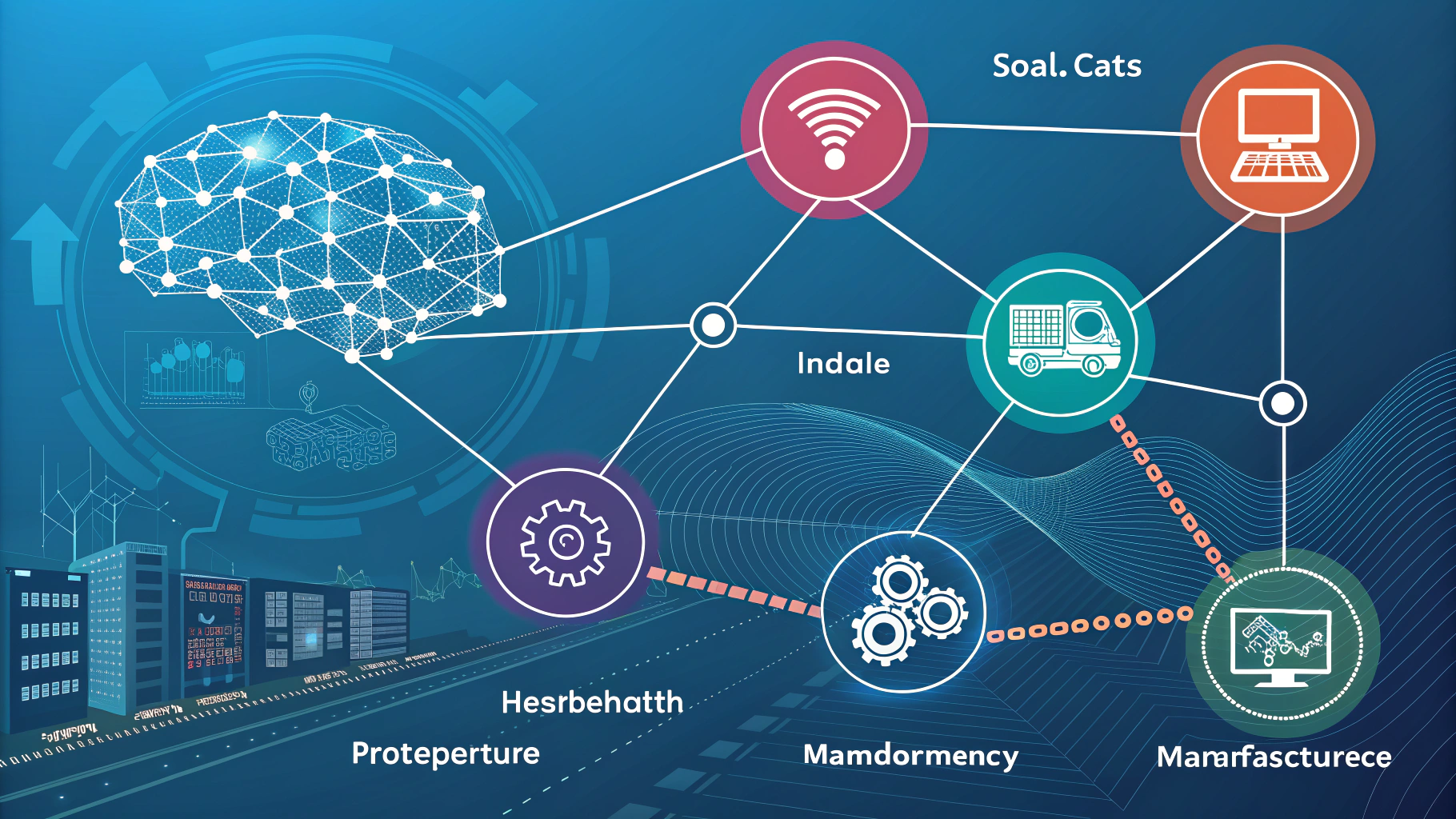Artificial Intelligence (AI) has evolved from simple machine learning models into highly advanced systems capable of reasoning, predicting, and generating insights. One of the most significant breakthroughs in this evolution is Multimodal AI — an AI model that can process and understand multiple types of data simultaneously, such as text, images, audio, video, and sensor data.
This deeper intelligence enables businesses and industries to gain context-aware insights, improving automation, customer engagement, fraud detection, and creative problem-solving. From healthcare diagnostics to autonomous vehicles, multimodal AI is reshaping industries in 2025.

What is Multimodal AI?
Multimodal AI refers to systems that can integrate and analyze information from different data modalities at once. Instead of just working with text (like ChatGPT) or images (like computer vision models), multimodal AI combines multiple inputs to generate richer and more accurate outputs.
Example:
- A medical multimodal AI can analyze X-rays (images), patient records (text), and voice notes from doctors (audio) to provide a holistic diagnosis.
- A customer service multimodal AI can understand customer complaints (text), tone of voice (audio), and past transaction history (data) to respond with deeper empathy and accuracy.
Why Multimodal AI Matters for Industries
Traditional AI often lacks context because it processes a single type of data. Multimodal AI, however, mimics human intelligence, which relies on combining vision, hearing, language, and experience to make decisions.
Key advantages include:
- Contextual Understanding – richer insights from multiple data types.
- Accuracy & Reliability – fewer blind spots than unimodal AI.
- Automation at Scale – intelligent handling of complex real-world scenarios.
- Innovation – new applications in medicine, finance, education, and creativity.
Industries Being Reshaped by Multimodal AI
1. Healthcare: Precision Diagnostics & Personalized Treatment
Multimodal AI is revolutionizing healthcare by combining patient history, genetic data, medical imaging, and wearable sensor inputs.
- Detects early-stage diseases more accurately.
- Generates personalized treatment plans based on multiple health factors.
- Assists doctors in surgery with real-time multimodal guidance.
Example: Google DeepMind’s multimodal models can predict eye diseases by analyzing scans alongside patient medical history.
2. Finance: Fraud Detection & Risk Management
Banks and fintech companies face increasing risks of fraud, especially with digital payments and cryptocurrencies. Multimodal AI analyzes:
- Transaction patterns (numerical data).
- Behavioral biometrics (keystrokes, typing speed).
- Voice and video verification.
- News and regulatory updates (text + external data).
This holistic approach makes fraud detection far more effective than rule-based systems.
Impact: Reduced financial crime, faster onboarding, and stronger compliance with AML (Anti-Money Laundering) regulations.
3. Education: Personalized & Immersive Learning
Traditional e-learning often lacks personalization. Multimodal AI changes this by integrating:
- Student learning behavior (clicks, reading time, test performance).
- Video + text lesson analysis.
- Voice-based learning assistants.
Applications:
- AI tutors that adapt to student learning styles.
- Automated grading using multimodal analysis of essays, presentations, and projects.
- AR/VR-based immersive learning powered by multimodal AI.
Result: Smarter, more adaptive education systems that cater to individual learning journeys.
4. Retail & E-Commerce: Smarter Shopping Experiences
E-commerce giants are deploying multimodal AI to boost customer satisfaction and sales.
- Visual search (upload a picture, find similar products).
- Voice-based shopping assistants (Amazon Alexa, Google Shopping AI).
- Personalized recommendations using visual + text + behavioral data.
Impact: Higher conversions, better product discovery, and hyper-personalized shopping journeys.
5. Manufacturing & Industry 4.0: Smarter Automation
Factories are moving towards predictive, AI-driven automation. Multimodal AI processes:
- Machine sensor data (temperature, vibration).
- Visual inspections (camera feeds).
- Worker safety compliance (video + IoT sensors).
Result:
- Early fault detection in machinery.
- Reduced downtime and maintenance costs.
- Safer and more efficient industrial environments.
6. Autonomous Vehicles & Smart Cities
Self-driving cars rely heavily on multimodal AI to integrate:
- Visual inputs from cameras.
- Radar and Lidar sensors.
- GPS + traffic data.
- Voice-based commands from passengers.
Impact: Safer navigation, accident reduction, and seamless integration with smart city infrastructure.
7. Creative Industries: Content Creation & Media
Artists, writers, and media companies are using multimodal AI for:
- AI-generated films using script + audio + visual inputs.
- Graphic design and advertising powered by text-to-image/video AI.
- Music composition combining lyrics (text) with audio datasets.
Impact: Democratization of creativity, new forms of storytelling, and cost savings in production.
Benefits of Multimodal AI Across Industries
- ✅ Enhanced Decision-Making – deeper intelligence from multi-data fusion.
- ✅ Efficiency Gains – faster workflows and reduced manual effort.
- ✅ Customer-Centric Solutions – personalized services across healthcare, education, and e-commerce.
- ✅ Innovation Opportunities – new products and business models.
- ✅ Competitive Advantage – early adopters gain market leadership.
Challenges of Multimodal AI
While powerful, multimodal AI comes with challenges:
- Data Integration Complexity – combining structured and unstructured data is difficult.
- Computational Costs – training multimodal AI requires high processing power.
- Bias & Fairness Issues – multiple data sources can amplify bias if not managed.
- Privacy Concerns – handling sensitive data like biometrics and health records.
- Explainability – regulators demand clear reasoning for AI decisions.
The Future of Multimodal AI
By 2030, multimodal AI is expected to become the backbone of digital industries. Future trends include:
- Real-Time Cross-Industry Applications – e.g., combining health + financial data for better insurance models.
- Integration with Agentic AI – creating autonomous multimodal systems capable of real-world decision-making.
- Web3 & Metaverse Use Cases – powering immersive AR/VR experiences with multimodal intelligence.
- AI-Powered Governance – multimodal models supporting governments in policy-making and smart city management.


